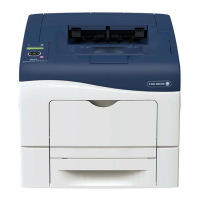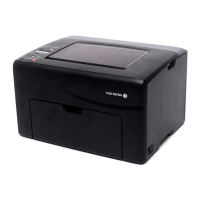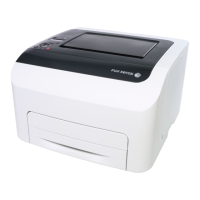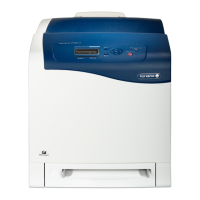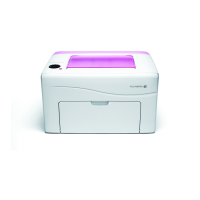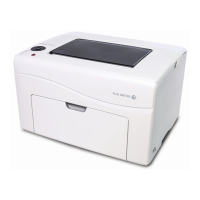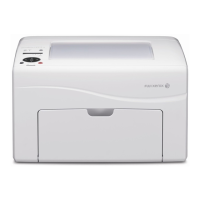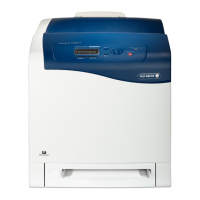7 Advanced Settings
156
[SMTP Server Name / IP Address]
Enter a server name or IP address.
[SMTP Server Port Number]
Enter a port number.
[Email Send Authentication]
Set the authentication method for SMTP transmission.
AUTH GSSAPI (only for Kerberos), AUTH NTLMv2, AUTH NTLMv1, AUTH PLAIN, AUTH-LOGIN, or AUTH
CRAM-MD5 can be used as an authentication method.
[Login Credentials for Email Send]
Set the login user name when sending emails.
When [Remotely Authenticated User] is selected and if the user has logged in to the remote
server before a job startup, the device performs the SMTP server verification with the
remotely authenticated user name and password.
You can also select the post-failure behavior of the device. If you do not set remote
authentication, the device uses the user ID and password of the device for authentication.
[SMTP AUTH Login Name]
Enter the user name for verification purposes at the SMTP server.
[SMTP AUTH Password]
Enter the password for verification purposes at the SMTP server.
[Remote Authentication Server Settings]
[Authentication System Setup]
[Authentication System]
Allows you to select the authentication system.
When using ApeosWare Management Suite 2 (sold separately) for the remote authentication server, select
[Authentication Agent].
Azure Active Directory can be set on CentreWare Internet Services. For each setting, refer to CentreWare
Internet Services help.
[Server Response Timeout]
Set the server time-out response.
[Search Timeout]
Set the user information search time-out.
[Kerberos Server Settings]
[Kerberos Server 1 (Default)] to [Kerberos Server 5]
Configure the Kerberos Servers 1 to 5.
The settings in [Kerberos Server 1 (Default)] will be the default settings for authentication.
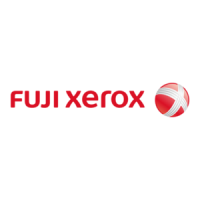
